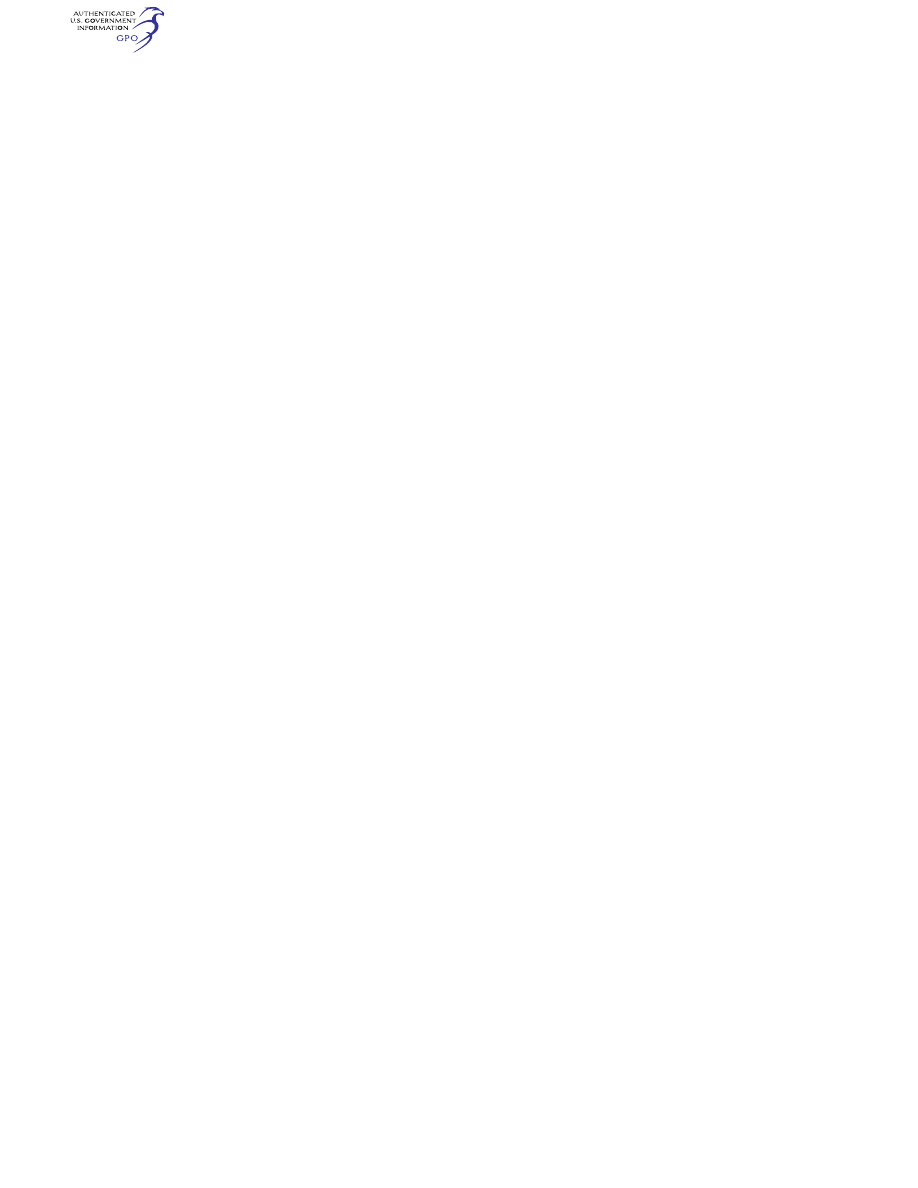
398
14 CFR Ch. I (1–1–24 Edition)
§ 129.24
§ 129.24 Cockpit voice recorders.
No person may operate an aircraft
under this part that is registered in the
United States unless it is equipped
with an approved cockpit voice re-
corder that meets the standards of
TSO–C123a, or later revision. The cock-
pit voice recorder must record the in-
formation that would be required to be
recorded if the aircraft were operated
under part 121, 125, or 135 of this chap-
ter, and must be installed by the com-
pliance times required by that part, as
applicable to the aircraft.
[Doc. No. FAA–2005–20245, 73 FR 12570, Mar. 7,
2008]
§ 129.25 Airplane security.
Foreign air carriers conducting oper-
ations under this part must comply
with the applicable security require-
ments in 49 CFR chapter XII.
[67 FR 8350, Feb. 22, 2002]
§ 129.28 Flightdeck security.
(a) After August 20, 2002, except for a
newly manufactured airplane on a non-
revenue delivery flight, no foreign air
carrier covered by § 129.1(a), may oper-
ate:
(1) A passenger carrying transport
category airplane within the United
States, except for overflights, unless
the airplane is equipped with a door be-
tween the passenger and pilot compart-
ment that incorporates features to re-
strict the unwanted entry of persons
into the flightdeck that are operable
from the flightdeck only; or
(2) A transport category all-cargo
airplane within the United States, ex-
cept for overflights, that has a door in-
stalled between the pilot compartment
and any other occupied compartment
on or after June 21, 2002, unless the
door incorporates features to restrict
the unwanted entry of persons into the
flightdeck that are operable from the
flightdeck only.
(b) To the extent necessary to meet
the requirements of paragraph (a) of
this section, the requirements of
§ 129.13(a) to maintain airworthiness
certification are waived until April 9,
2003. After that date, the requirements
of § 129.13(a) apply in full.
(c) After April 9, 2003, except for a
newly manufactured airplane on a non-
revenue delivery flight, no foreign air
carrier covered by § 129.1(a) may oper-
ate a passenger carrying transport cat-
egory airplane, or a transport category
all-cargo airplane that has a door in-
stalled between the pilot compartment
and any other occupied compartment
on or after June 21, 2002, within the
United States, except for overflights,
unless the airplane’s flightdeck door
installation meets the requirements of
paragraphs (c)(1) and(2) of this section
or an alternative standard found ac-
ceptable to the Administrator.
(1) Except for a newly manufactured
airplane on a non-revenue delivery
flight, no foreign air carrier covered by
§ 129.1(a) may operate:
(i) After April 9, 2003, a passenger
carrying transport category airplane
within the United States, except on
overflights, unless the airplane’s
flightdeck door installation meets the
requirements of paragraphs (c)(2) and
(c)(3) of this section or an alternative
standard found acceptable to the Ad-
ministrator.
(ii) After October 1, 2003, a transport
category all-cargo airplane that had a
door installed between the pilot com-
partment and any other occupied com-
partment on or after June 21, 2002,
within the United States, except on
overflights, unless the airplane’s
flightdeck door installation meets the
requirements of paragraphs (c)(2) and
(c)(3) of this section or an alternative
standard found acceptable to the Ad-
ministrator; or the operator must im-
plement a security program approved
by the Transportation Security Admin-
istration (TSA) for the operation of all
airplanes in that operator’s fleet.
(2) The door must resist forcible in-
trusion by unauthorized persons and be
capable of withstanding impacts of 300
joules (221.3 foot-pounds) at the critical
locations on the door, as well as a 1,113-
newton (250 pounds) constant tensile
load on the knob or handle, and
(3) The door must resist penetration
by small arms fire and fragmentation
devices to a level equivalent to Level
IIIa of the National Institute of Justice
Standard (NIJ) 0101.04.
(d) After August 20, 2002, no foreign
air carrier covered by § 129.1 may oper-
ate a passenger carrying transport cat-
egory airplane, or a transport category
